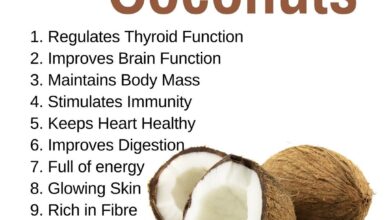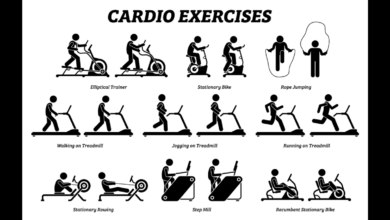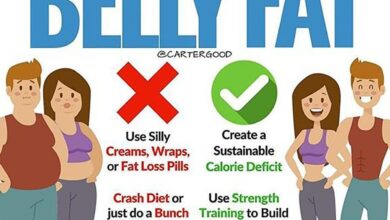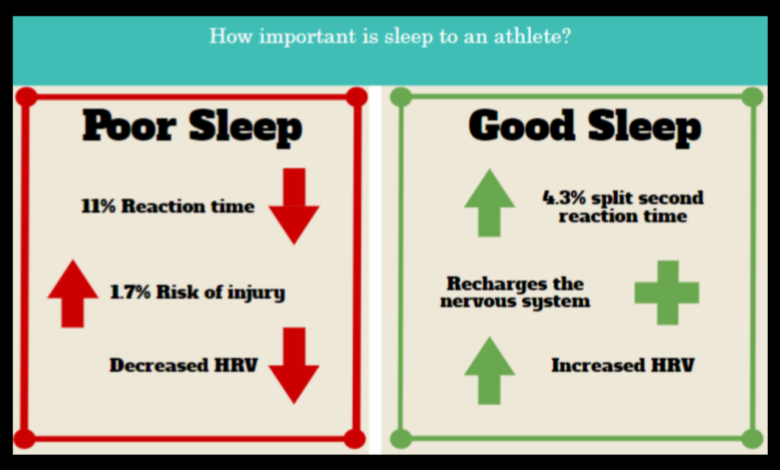
Lower Your Resting Heart Rate: Simple Ways to Improve Your Health
Ways to lower your resting heart rate are often discussed in the context of improving cardiovascular health. A lower resting heart rate indicates a stronger and more efficient heart, leading to better overall well-being. But what exactly is a resting heart rate, and how can you achieve a lower one?
Let’s delve into the factors that influence your heart rate and explore actionable steps you can take to lower it.
Your resting heart rate is the number of times your heart beats per minute when you’re at complete rest. It’s a good indicator of your cardiovascular health, and a lower resting heart rate is generally associated with better health. Several factors can influence your resting heart rate, including age, fitness level, genetics, and stress levels.
This article will provide you with practical tips on how to lower your resting heart rate through lifestyle modifications, exercise, diet, stress management, and sleep optimization.
Benefits of Lowering Resting Heart Rate

A lower resting heart rate is often associated with improved cardiovascular health and overall well-being. It indicates that your heart is working more efficiently and effectively, requiring less effort to pump blood throughout your body.
Correlation Between Resting Heart Rate and Cardiovascular Health
Research has consistently demonstrated a strong correlation between resting heart rate and cardiovascular health. Studies have shown that individuals with lower resting heart rates tend to have a reduced risk of developing cardiovascular diseases such as heart attacks, strokes, and heart failure.
This association is attributed to the fact that a lower heart rate signifies a stronger and more efficient heart muscle, capable of pumping blood with less effort.
Lowering Resting Heart Rate Contributes to Improved Overall Well-being
A lower resting heart rate can contribute to improved overall well-being in several ways. It can:
- Enhance Exercise Performance:A lower resting heart rate indicates a more efficient cardiovascular system, allowing for better oxygen delivery to muscles during exercise. This can result in improved endurance, stamina, and recovery time.
- Reduce Stress Levels:Chronic stress can elevate resting heart rate. By lowering your resting heart rate, you can potentially reduce stress levels, promoting a sense of calmness and well-being.
- Improve Sleep Quality:A lower resting heart rate is associated with better sleep quality. It allows your body to enter deeper stages of sleep, leading to more restful and rejuvenating sleep.
- Boost Mood and Cognitive Function:Research suggests that a lower resting heart rate may be linked to improved mood and cognitive function. This could be attributed to better blood flow to the brain, promoting optimal brain function.
Exercise and Physical Activity
Regular exercise plays a crucial role in lowering your resting heart rate. When you engage in physical activity, your heart muscle strengthens, allowing it to pump blood more efficiently. This improved efficiency translates to a lower resting heart rate, indicating a healthier cardiovascular system.
Types of Exercise and Their Effectiveness
The effectiveness of different types of exercise in lowering resting heart rate varies.
- Cardiovascular exercise, also known as aerobic exercise, is particularly effective in lowering resting heart rate. This type of exercise involves sustained, rhythmic movements that elevate your heart rate and improve cardiovascular fitness. Examples include running, swimming, cycling, and brisk walking.
Regular cardio sessions can significantly improve heart health and contribute to a lower resting heart rate.
- Strength training, on the other hand, focuses on building muscle mass and strength. While it doesn’t directly impact resting heart rate as much as cardio, it indirectly contributes by improving overall cardiovascular health. Strength training increases muscle mass, which helps the body burn more calories at rest, further contributing to a lower resting heart rate.
Lowering your resting heart rate is a great way to improve your overall health and well-being. One way to achieve this is through a low-carb diet, but it’s crucial to remember that the quality of carbs you choose still matters, even if you’re limiting your intake.
This is because the type of carbs you consume can have a significant impact on your blood sugar levels, which in turn can affect your heart rate. For a deeper understanding of this concept, check out this article on why quality of carbs matters on a low carb diet.
By choosing low-glycemic, nutrient-rich carbs, you can help keep your blood sugar stable and contribute to a healthier resting heart rate.
- Yoga, a practice that combines physical postures, breathing techniques, and meditation, can also positively impact resting heart rate. Yoga’s focus on deep breathing and relaxation techniques can help regulate heart rate variability and promote a calmer, more balanced state, contributing to a lower resting heart rate.
Recommended Exercises for Lowering Heart Rate
To lower your resting heart rate and improve cardiovascular health, consider incorporating these exercises into your routine:
- Running:Running is an excellent cardio exercise that elevates your heart rate and improves cardiovascular fitness. Aim for at least 30 minutes of running, 3-4 times a week, at a moderate intensity.
- Swimming:Swimming is a low-impact cardio exercise that provides a full-body workout. It’s gentle on the joints and can be enjoyed by people of all fitness levels. Aim for 30 minutes of swimming, 2-3 times a week.
- Cycling:Cycling is another great cardio exercise that can be enjoyed outdoors or indoors on a stationary bike. Aim for at least 30 minutes of cycling, 3-4 times a week, at a moderate intensity.
- Brisk walking:Brisk walking is a simple and accessible cardio exercise that can be incorporated into your daily routine. Aim for at least 30 minutes of brisk walking, most days of the week.
- Strength training:Incorporate strength training exercises into your routine 2-3 times a week. Focus on major muscle groups, such as legs, back, chest, and arms. Examples include squats, lunges, push-ups, and rows.
- Yoga:Practice yoga 2-3 times a week. Choose a class that focuses on relaxation and breathing techniques, such as Hatha or Yin yoga.
Diet and Nutrition
What you eat plays a crucial role in your overall health, including your heart health. Certain dietary choices can significantly impact your resting heart rate, either positively or negatively. Understanding the connection between diet and heart rate can help you make informed choices to lower your resting heart rate and improve your cardiovascular well-being.
Lowering your resting heart rate can be a great indicator of overall fitness. One way to do this is by engaging in regular cardio, but have you ever wondered if those calorie counts on machines are accurate? This article dives into the accuracy of those calorie estimates.
Regardless of the calorie burn, the important thing is to find an activity you enjoy and stick with it, which will contribute to a lower resting heart rate and a healthier you.
Foods that can lower resting heart rate
Foods rich in certain nutrients, such as potassium, magnesium, and fiber, can help regulate heart rhythm and lower blood pressure, leading to a lower resting heart rate.
Lowering your resting heart rate can be a great way to improve your overall health and well-being. One of the most effective ways to achieve this is through regular exercise, and you might be surprised to learn that you don’t need to spend hours at the gym to see results.
In fact, whats the easiest exercise you can do and still lose weight is a great starting point. Even simple activities like walking or taking the stairs can make a big difference in your heart rate and overall fitness.
- Leafy green vegetables: Spinach, kale, collard greens, and romaine lettuce are excellent sources of potassium, magnesium, and fiber. These nutrients help regulate blood pressure and improve heart function.
- Fruits: Bananas, oranges, avocados, and berries are rich in potassium and magnesium, which are crucial for heart health. They also contain antioxidants that protect your heart from damage.
- Whole grains: Brown rice, quinoa, oats, and whole-wheat bread provide fiber, which helps regulate blood sugar levels and lower cholesterol, contributing to a healthier heart.
- Nuts and seeds: Almonds, walnuts, chia seeds, and flaxseeds are rich in omega-3 fatty acids, magnesium, and fiber. These nutrients help reduce inflammation, improve blood flow, and lower blood pressure.
- Fatty fish: Salmon, tuna, mackerel, and sardines are excellent sources of omega-3 fatty acids, which have been shown to reduce inflammation and improve heart rhythm.
- Dark chocolate: Dark chocolate with a high cocoa content (70% or more) is rich in antioxidants that can improve blood flow and lower blood pressure.
Dietary Patterns for Lowering Resting Heart Rate
Following a balanced and heart-healthy dietary pattern can significantly impact your resting heart rate. Some popular dietary patterns that emphasize whole foods and limit processed foods, saturated fats, and added sugars can be beneficial.
- Mediterranean diet: This diet emphasizes fruits, vegetables, whole grains, legumes, nuts, seeds, olive oil, and fish, while limiting red meat, processed foods, and saturated fats. Studies have shown that the Mediterranean diet can lower blood pressure and improve heart health, leading to a lower resting heart rate.
- DASH diet: The Dietary Approaches to Stop Hypertension (DASH) diet focuses on reducing sodium intake and increasing potassium, magnesium, and calcium intake. This diet has been proven effective in lowering blood pressure, which can contribute to a lower resting heart rate.
- Vegetarian or vegan diet: Plant-based diets, such as vegetarian or vegan diets, tend to be lower in saturated fat and cholesterol, which can be beneficial for heart health. These diets are typically rich in fruits, vegetables, whole grains, and legumes, which can help lower resting heart rate.
Sample Meal Plan
Here’s a sample meal plan that incorporates heart-healthy foods and dietary patterns: Breakfast: Oatmeal with berries and nuts Lunch: Salad with grilled chicken or fish, quinoa, and avocado Dinner: Baked salmon with roasted vegetables and brown rice Snacks: Fruits, vegetables, nuts, or yogurtThis is just a sample meal plan, and you can adjust it based on your individual needs and preferences.
Remember to consult with a registered dietitian or healthcare professional for personalized dietary advice.
Sleep and Rest: Ways To Lower Your Resting Heart Rate
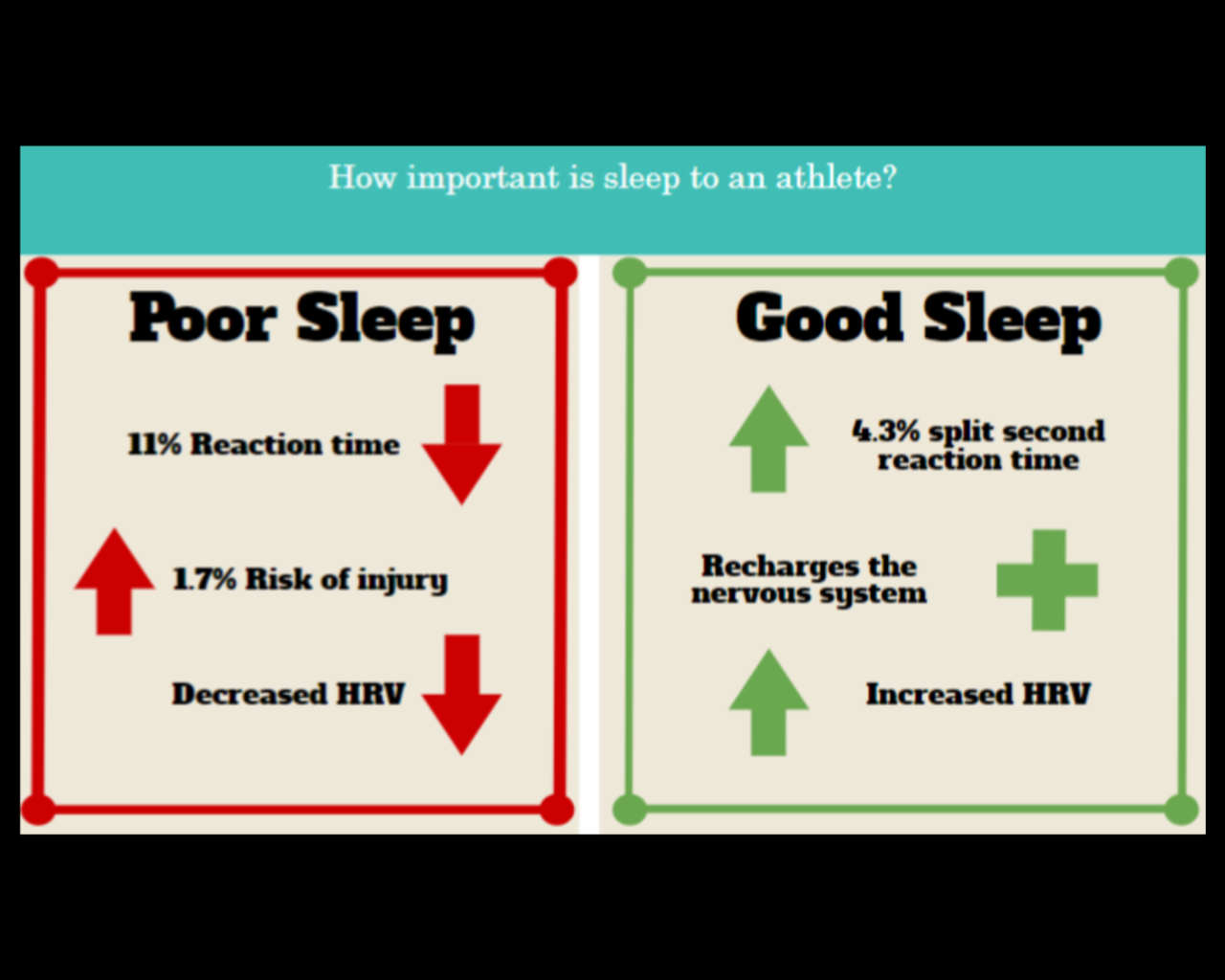
Getting enough sleep is crucial for overall health, and it plays a significant role in regulating your resting heart rate. When you’re well-rested, your body can function optimally, including your cardiovascular system.
Impact of Sleep Quality on Resting Heart Rate
Sleep deprivation can lead to an increase in your resting heart rate. This is because when you’re sleep-deprived, your body releases stress hormones like cortisol, which can elevate your heart rate. Additionally, lack of sleep can disrupt the natural rhythm of your heart, making it beat faster.
Tips for Improving Sleep Quality, Ways to lower your resting heart rate
- Establish a Regular Sleep Schedule:Going to bed and waking up around the same time each day, even on weekends, helps regulate your body’s natural sleep-wake cycle, promoting better sleep.
- Create a Relaxing Bedtime Routine:Wind down an hour or two before bed by engaging in calming activities like taking a warm bath, reading a book, or listening to soothing music. Avoid screen time before bed, as the blue light emitted from electronic devices can interfere with melatonin production.
- Optimize Your Sleep Environment:Ensure your bedroom is dark, quiet, and cool. A comfortable mattress and pillows are also essential for a good night’s sleep. Consider using blackout curtains, earplugs, or a white noise machine to minimize distractions.
- Limit Caffeine and Alcohol:Both caffeine and alcohol can interfere with sleep quality. Avoid consuming caffeine in the hours leading up to bedtime, and limit alcohol intake as it can disrupt sleep patterns.
- Get Regular Exercise:Regular physical activity can improve sleep quality. However, avoid strenuous exercise close to bedtime, as it can make it harder to fall asleep.
Benefits of Napping and Impact on Heart Rate
Taking a nap can help lower your resting heart rate, especially if you’re sleep-deprived. A short nap can help you feel more refreshed and alert, which can improve your overall cardiovascular health.
“A 20-minute nap can significantly reduce your resting heart rate, bringing it back to a more optimal level.”
However, it’s important to note that long naps can have the opposite effect and can actually increase your resting heart rate. It’s recommended to limit naps to 20-30 minutes to avoid disrupting your nighttime sleep.
Ultimate Conclusion
Lowering your resting heart rate is a journey, not a destination. By incorporating these simple lifestyle changes, you can improve your cardiovascular health and overall well-being. Remember, consistency is key. Make these healthy habits a part of your daily routine and watch your heart rate, and your health, improve over time.
Don’t hesitate to consult with a healthcare professional if you have any concerns or if you are experiencing any unusual symptoms.

